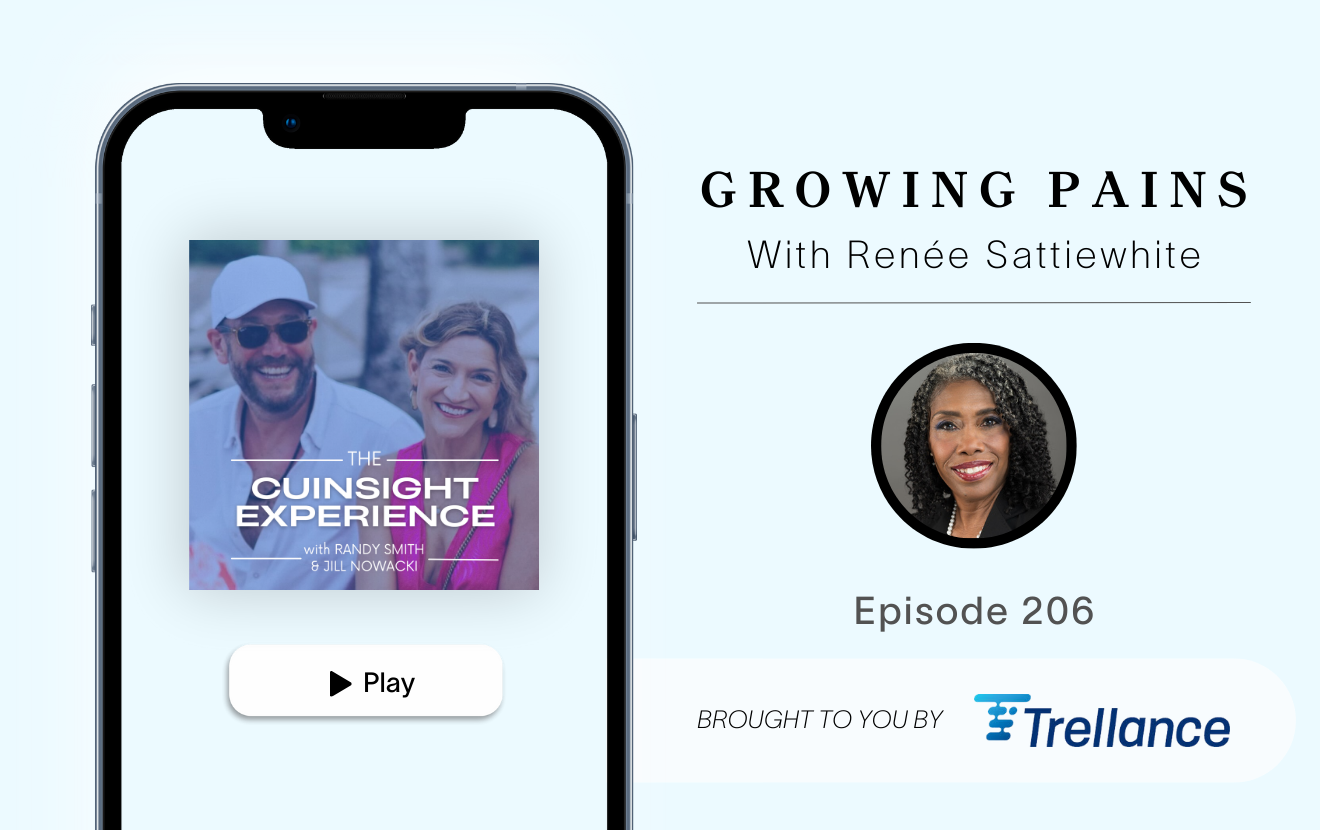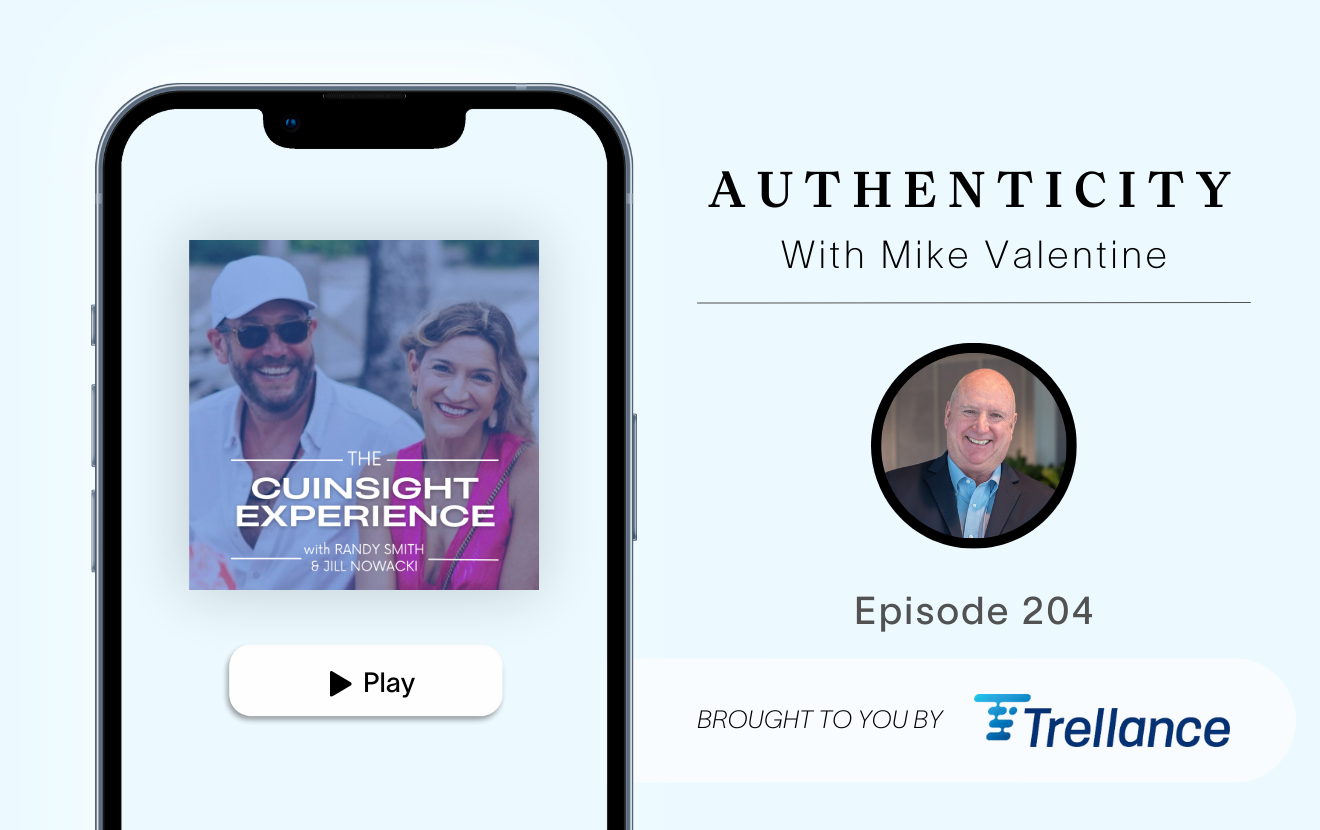The backlash against DEI is in full bloom, from #DEI being turned into #DidntEarnIt, to labeling people serving in the highest offices of public service as DEI hires. Some of my industry colleagues have shared their own stories of being called DEI hires in one form or another. The question then becomes, how do those of us in the demographic minority overcome the “DEI hire” moniker? As we navigate this backlash, it is essential to understand the roots of such sentiments, particularly in hiring practices where biases are often evident.
Recently, the Humanidei team was discussing the idea of bias in resumes. You might be familiar with studies over time that have shown that when two resumes are exactly the same, with only the name changing, the resume with a male-sounding name is more likely to get advanced than one with a female-sounding name. These same studies have been replicated to evaluate bias in gender as well as racial and ethnic bias. Studies have shown when resumes had white-sounding names versus ethnic-sounding names, the white-sounding name resumes were advanced. Recent iterations have shown a bias between Western-sounding names and Middle Eastern-sounding names, with resumes for Western-sounding names being far more frequently advanced.
Humans are biased. It is part of the human condition. While DEI initiatives are crucial, they must be implemented thoughtfully to avoid perceptions of tokenism and ensure genuine inclusivity. What can your credit union do to limit bias in recruitment and create a more equitable hiring and promotion process?
Evaluate recruitment strategy: Do you recruit in the same places or are you reaching out to recruit with organizations that serve a racial or ethnically diverse membership such as Historically Black Colleges and Universities, diverse chambers of commerce, or job fairs that emphasize reaching diverse audiences?
Standardize evaluation criteria: Eliminate subjectivity wherever possible. Take time to develop clear, objective criteria for evaluating resumes to focus on relevant skills and experiences. Using a structured interview process with predefined questions that are sent in advance to all candidates is a great way to create standardization.
Implement unconscious bias training: Follow this training by providing tangible tools (like inclusive job postings, continuous feedback mechanisms, DEI dashboards, promotion criteria transparency, and external audits) to allow each individual to contribute to a more equitable organization.
Use diverse hiring panels: Hiring panels that include members representing many diversity dimensions provide a broader perspective and help reduce individual biases. When combined with the above strategies, organizations move towards true merit-based hiring and promotions.
What is equity truly? The author Lilly Zheng said it best, “Equity is an organizational outcome where people’s demographics no longer predict their success or failure.” DEI work is not a zero-sum game. It doesn’t mean that one person doesn’t get promoted and another does because of race, ethnicity, religion, gender, or anything else but merit. When we have truly achieved equity, being a person of color in an executive role will not be seen as a DEI hire. Instead, people will recognize what my good friends says, “I can be brown, and I can be smart.”
If your organization is ready to recommit to equity in the workplace—whether through hiring, career path planning, or creating systems and structures that expand access to opportunities—Humanidei is here to help. Reach out today.








